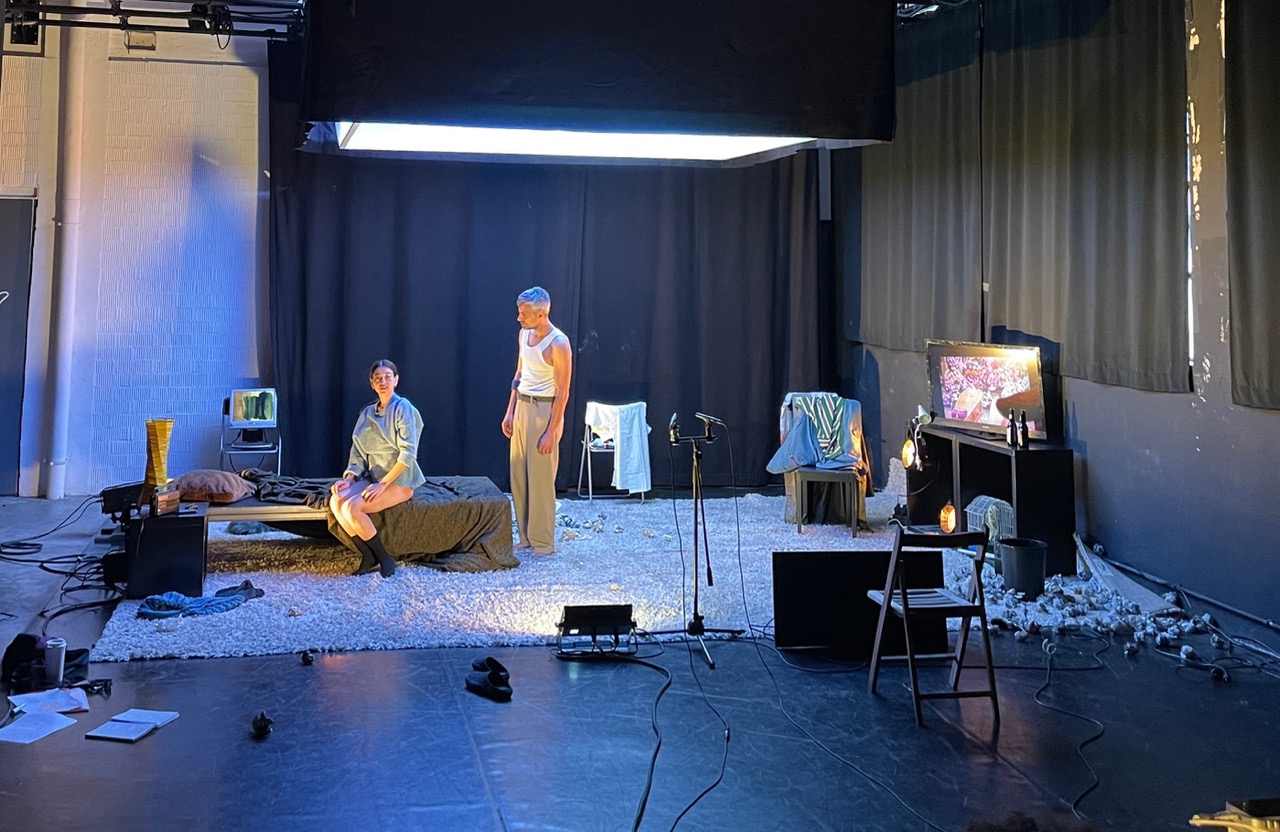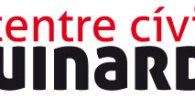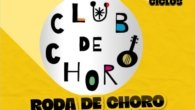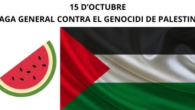This is NOT a residence, article by David Marin
The residences are, for now, one of the relevant topics within of sector of the living arts, there are many forums and debates around it, but at the same time we are still unclear what are, for what they must serve, if they are really a useful and viable tool, if we are not shielding ourselves in this word to postpone precariousness, the lack of resources in co-productions, etc. I think the time has come to give things a name, to face the reality of the sector and to see if conciliation, diversity, professionalization and dignity have a place in what we call: RESIDENCES.
“A residence is a flexible process which takes place in a work space and during a specific time and offers the conditions suitable and adapted to the specific needs of each project. Therefore, a flexible space is needed that generates the trust and dialogue to be able to take care of the process and to allow collecting, sharing and patrimonialize the knowledge that is generated within artistic practices. Must allow work decently and must be accompanied by a human team in the different areas, but without interference in the creative process. Must be able to open and offer connection and exchange spaces that facilitate the continuity of artistic trajectories and, therefore, it must be part of one ecosystem that includes the artist, the creation center and the environment. The residence must be accessible through different selection mechanismsand must be based on the temps of research, not of production.“
This definition, which emerged from the consensus generated in a few working days in 2017 with different agents in the sector, is the one we have been using since then at Nau Ivanow.
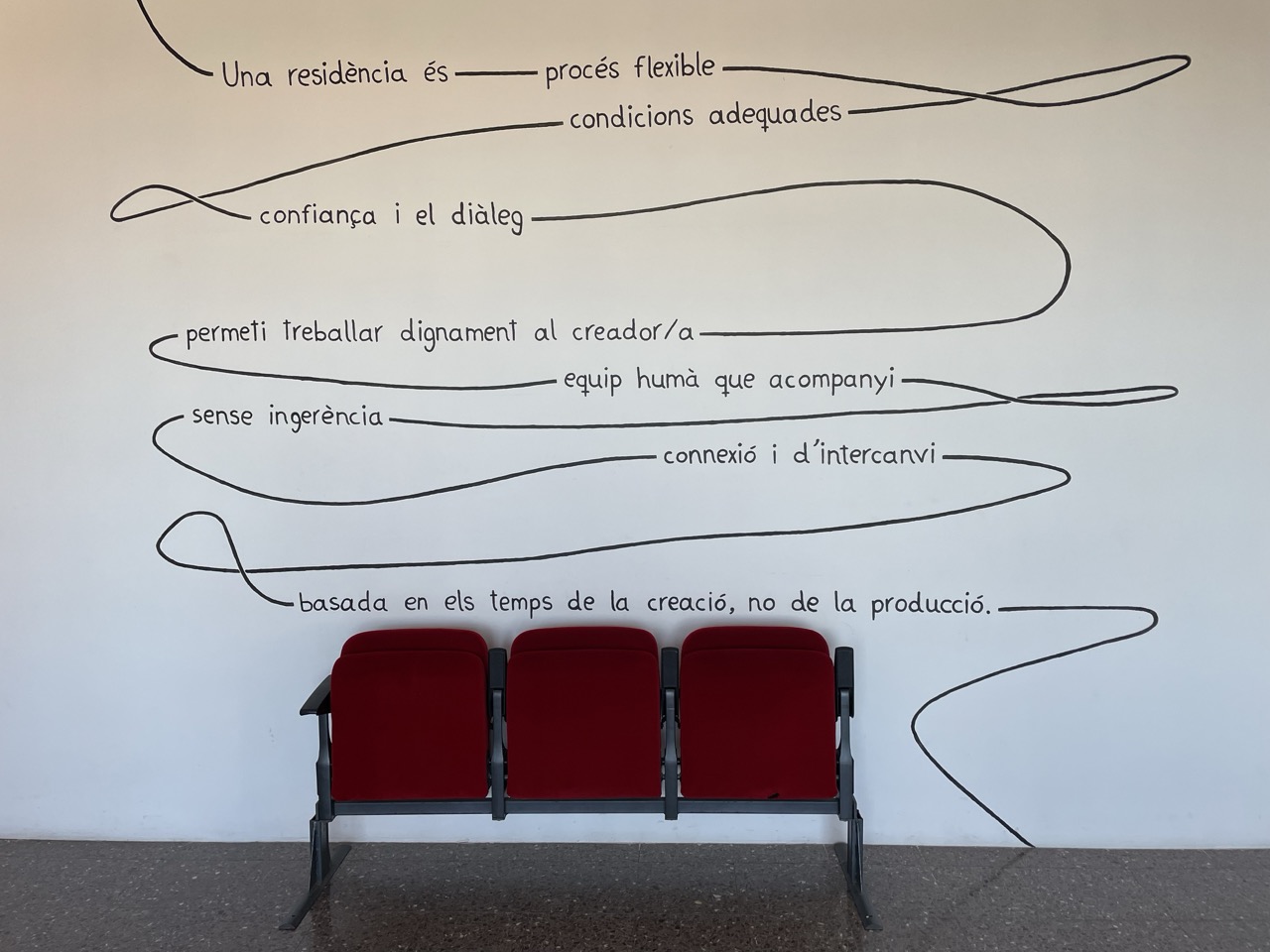
The reason for trying to agree on a definition was sought, we were in a moment of rethinking the project and we were clear that we wanted to focus it towards a space of residences, leave the exhibition and focus on the research processes, but, for this reason, we had to generate a framework based on the real needs of the sector (not ours) and that would also serve as a “guide” to turn to when we had doubts or questions about what we were doing around the residences
Many times we call residencies simple leases of space, poorly paid co-productions or instances of exchange where, as a general rule, the creative people are the ones they take the worst part already is time that among all the people who are part of the creative ecosystem we begin to generate a glossary to know which names, which implications and which needs are required in each part of the value chain of creation.
In this sense, I want to emphasize that a residence should always be paid and accompanied. We must value the creative research process as an important (if not the most) and essential part of the chain. The agents we host often have the privilege of being able to reach debates about cultural policies more easily, for this reason we should have the “courage” to call residences only to those that dignify and value it. Otherwise, we are not working for dignity and we are cheating ourselves. We have to think that if we manage to put the focus here and call things by their name, we can reassess our projects and this will, consequently, involve more resources that will improve the conditions of the residences and the people we make them.
As residence spaces, we have to believe that this first stage, where the R&D of living arts is generated, is different and has specific characteristics. During this stage of research, the creators who come to live in our spaces are not only looking for a room to rehearse, but an artistic and professional growth that will come from the exchange, from facing the unknown, from asking questions , to expose themselves and discover other methodologies and ways of looking different from those they are used to. It is the moment of greater permeability, both for the person who resides and for the center that hosts it. And it is precisely in this fact, of looking for something different, that it cannot be the same a residence of research in which we do not know where will arrive nor what questions will be generated, that instance that involves, whether yes or no, finishing a piece on a set date and in a certain place. I don’t want to say that one is better than the other or that one can’t be done without the other, I’m simply saying that differentiating them will allow us to dignify the work of artists. If we do not agree on a definition of residence, we are perpetuating the precariousness of the artistic sector in which, on numerous occasions, female creators are forced to pay to be able to carry out their work instead of being paid for it.
There are many festivals that welcome resident projects and that generate residency projects, but shouldn’t these be co-production projects?, or could we call them “production residencies”? In the end these instances seek, yes or no, a final result, even if there is a creative freedom, there is a marked calendar, a clear consideration and this should be far from what we consider a research residency that has not to be subject to any specific outcome. This stage of creation is fundamental for artistic development at all levels and we have a duty to claim it and dignify it.
In some debates and forums there is a lot of talk about co-productions and their importance to generate quality products, but little is said about the investments that many creative spaces and residences make in this first stage of the process, spaces that often bet blindly and with complete confidence in projects that are only ideas or sketches of lines of research, and that provide an economy and support that, in terms of economic value, is often greater than some of the most prominent co-productions.
I also want to mention the issue of consideration or services in exchange for residing; again, we call a spade a spade and do not take advantage of our position of power to demand, after a research residency, a consideration. The job of the artists is to research and create, and, for that, just like us, they must be paid and enjoy decent working conditions, it is enough to excuse ourselves with “I put it in the call or in the contract or is it a bureaucratic issue”. If we bet on generating residency projects, let’s be clear about what we’re playing for, we don’t take advantage of it to fill our schedules or our activities and I’m not saying it’s right or wrong, I’m just insisting that we call each thing by its name and, if necessary, we hack the system
Part of this dignity comes from consciously working on the accompaniment. When they give us permission to reside in a country, in some way they offer us the power to be part of a community, of an ecosystem, they give us the possibility of having the same rights and duties as those people who have they live or inhabit this place. Also, in theory and returning to the economic part (Malay drop), in a less unfair and elitist world, this permit allows us to work and dignify the professional part. This permission means that we are not passing through, that the idea is to create roots, that this place will let us leave a mark. In some way it will transform us and make this person we were when we arrived grow by facing these new dynamics.
Then, when we make it possible to carry out a residency in our spaces, we should offer these same conditions, inviting to be part of this creative ecosystem, with rights, duties and objectives similar to this residence permit.
As an institution, we must know that when a person (whether local or international) comes to do a residency, they are not only looking to have a good rehearsal room or a good accommodation (that too), they expect to be able to feed themselves from the ‘creative ecosystem and context surrounding this space: what community will you find?, what is the creative ecosystem of which you must be part of during this time?, do you know the culture of the place? And I’m not just referring to the cultural agenda (which is very important to get an idea of the system), but the local culture, the neighborhood, the language… I don’t mean that residents have to generate projects, either yes or no, with the ecosystem of the center or with the communities, but it is necessary to put them in context and accompany them in all those questions that are asked during their process. Not only do we have to ensure good conditions, but we also have to accompany the stay.
Another important thing is trust and active listening; as a center, we can unwittingly have a lot of interference in the creative part. When there is a request or a demand from the people of the creative team, our response and attitude can change the result of the research by 180 degrees; therefore, we will often have to, as we said before, hack ourselves and hack the system to be able to accompany in the search to take new views and paths, which, for sure, will make us both grow.
And now, to close, a bit of hope, I think that more and more of us are the people who want to generate this change, this new relationship between centers and artists, this professionalization and dignification of the conditions and even if we are going slowly, we are convinced that this change will come.
Article written by David Marin, director of Nau Ivanow.
This publication is part of a series of quarterly articles that, from Nau Ivanow, we will commission in order to talk about topics that interest us or to generate debate and reflection.




